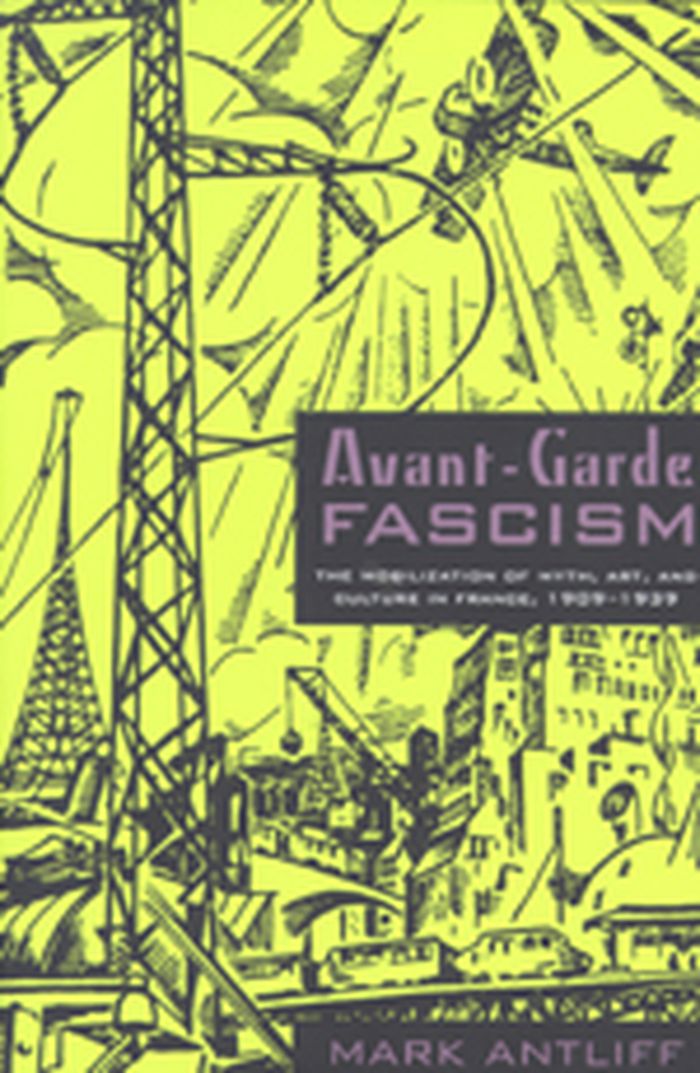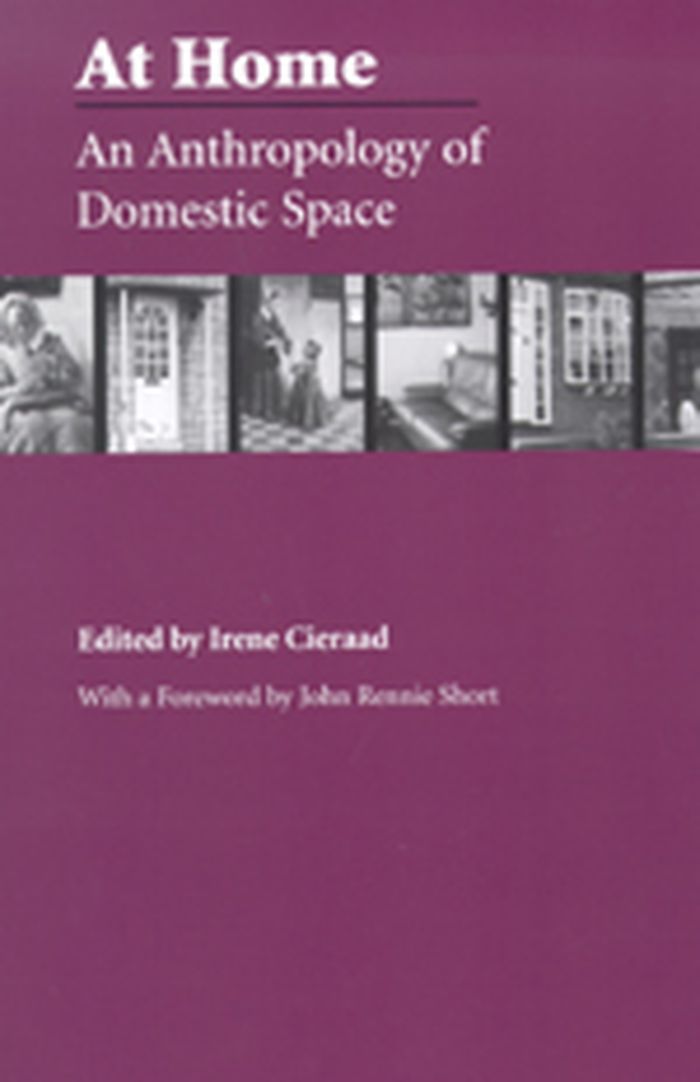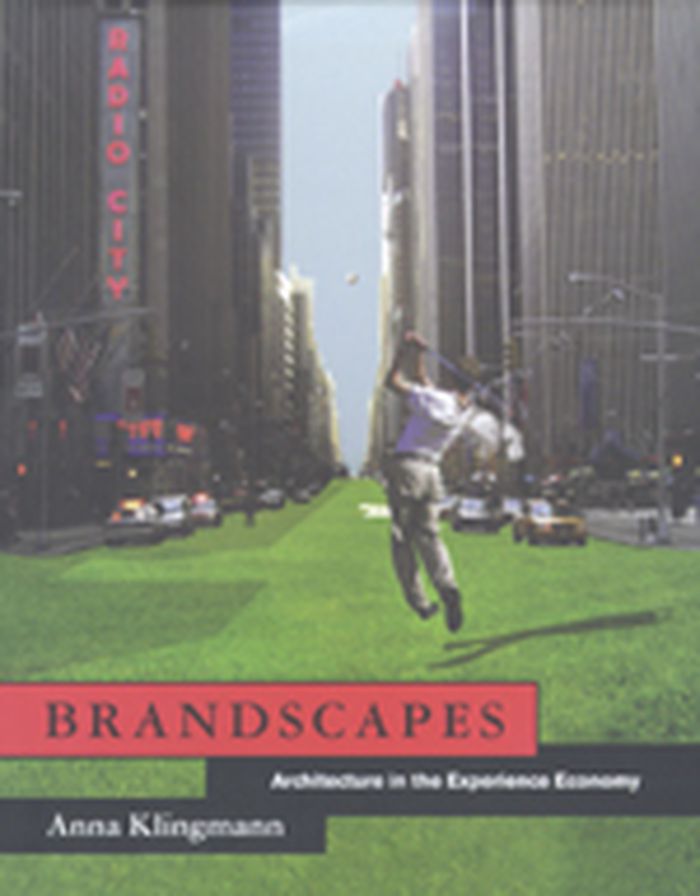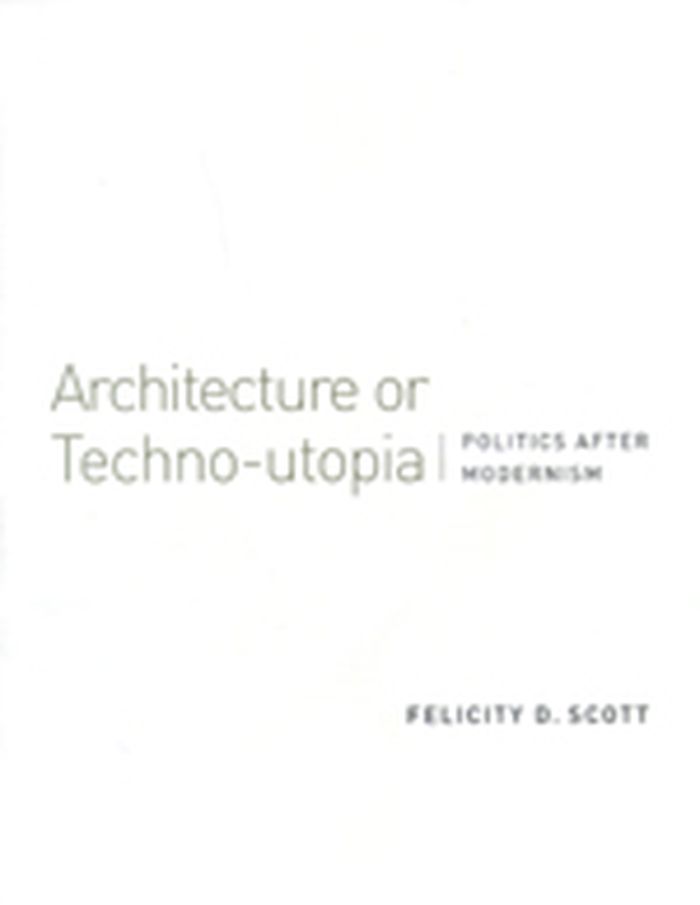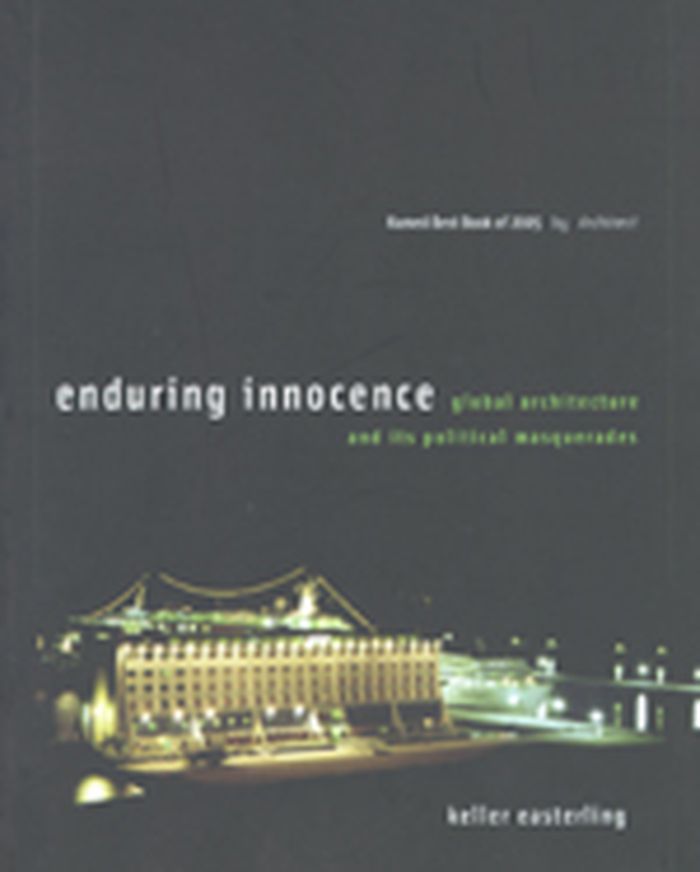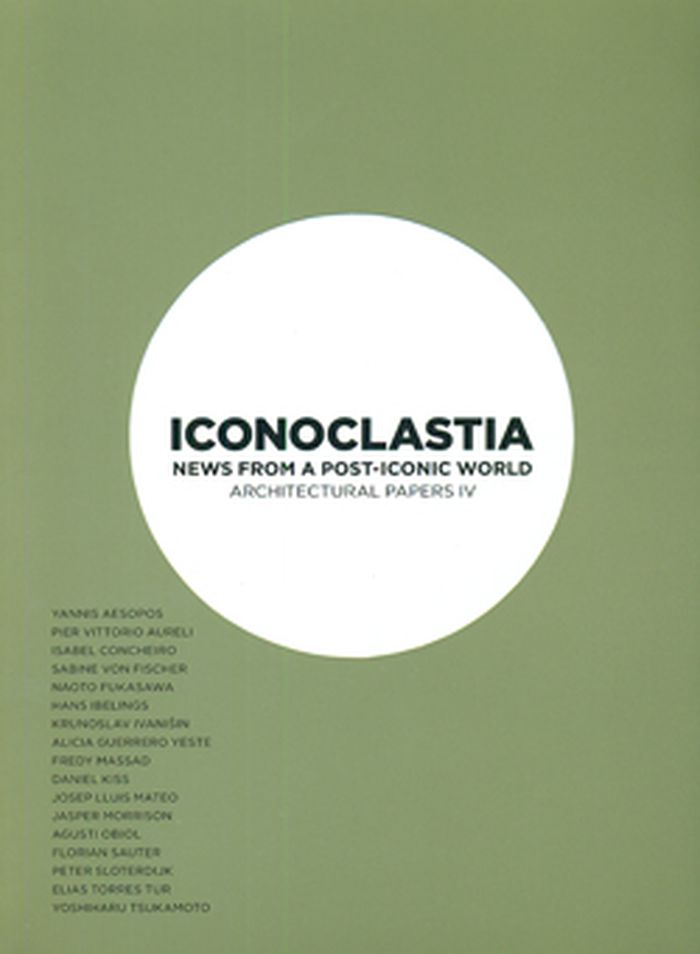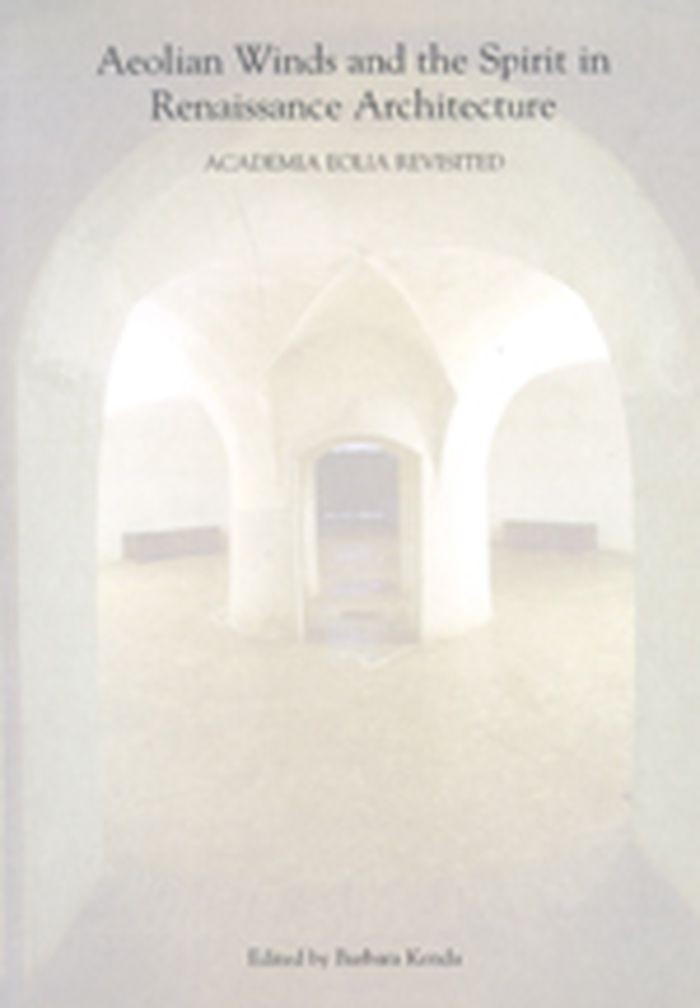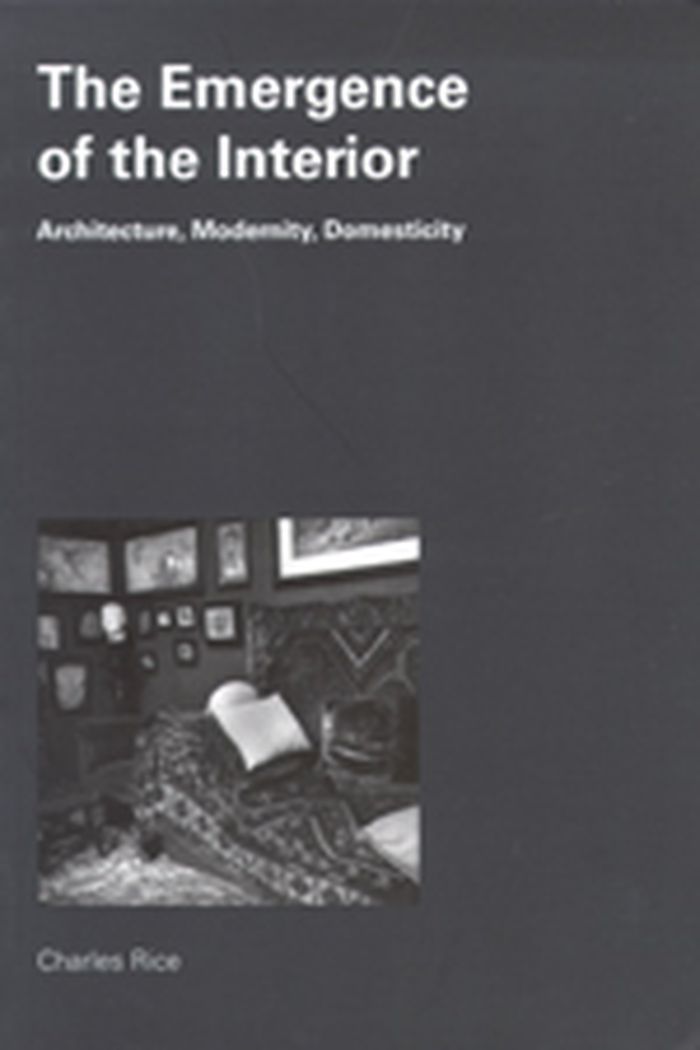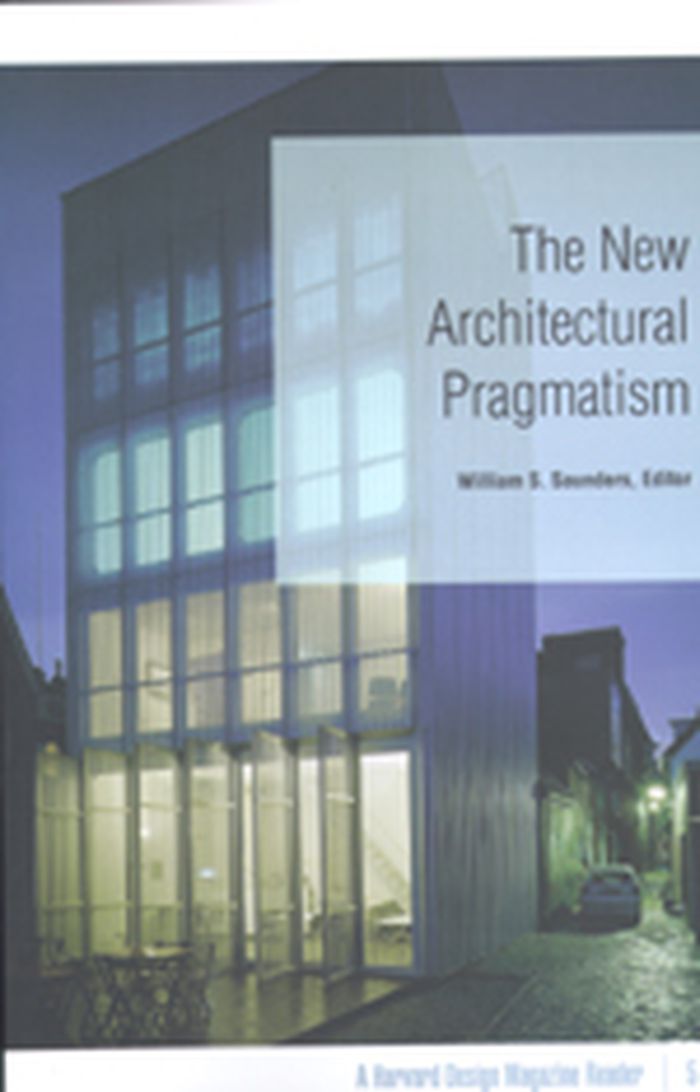Avant - Garde Fascism
$27.95
(available to order)
Summary:
Investigating the central role that theories of the visual arts and creativity played in the development of fascism in France, Mark Antliff examines the aesthetic dimension of fascist myth-making within the history of the avant-garde. Between 1909 and 1939, a surprising array of modernists were implicated in this project, including such well-known figures as the symbolist(...)
Avant - Garde Fascism
Actions:
Price:
$27.95
(available to order)
Summary:
Investigating the central role that theories of the visual arts and creativity played in the development of fascism in France, Mark Antliff examines the aesthetic dimension of fascist myth-making within the history of the avant-garde. Between 1909 and 1939, a surprising array of modernists were implicated in this project, including such well-known figures as the symbolist painter Maurice Denis, the architects Le Corbusier and Auguste Perret, the sculptors Charles Despiau and Aristide Maillol, the “New Vision” photographer Germaine Krull, and the fauve Maurice Vlaminck.
Architectural Theory
$22.95
(available to order)
Summary:
In a volume that brings together a wide range of disciplines - art history, sociology, architecture, cultural anthropology, and environmental psychology - Irene Cieraad presents a collection of articles that focuses on the practices and symbolism of domestic space in Western society. These essays go beyond the discussion of conventional issues such as aesthetics and(...)
At home : An anthroplogy of domestic space
Actions:
Price:
$22.95
(available to order)
Summary:
In a volume that brings together a wide range of disciplines - art history, sociology, architecture, cultural anthropology, and environmental psychology - Irene Cieraad presents a collection of articles that focuses on the practices and symbolism of domestic space in Western society. These essays go beyond the discussion of conventional issues such as aesthetics and social standing. At Home takes an in-depth anthropological look at how different cultures use their homes as a visual model of the culture's social structure.
Architectural Theory
$32.95
(available to order)
Summary:
How can architects use branding as a means to differentiate places from the inside out--and not, as current development practices seem to dictate, from the outside in? When architecture brings together ecology, economics, and social well-being to help people and places regain self-sufficiency, writes Klingmann, it can be a catalyst for cultural and economic transformation.
Brandscapes : Architecture in the experience economy
Actions:
Price:
$32.95
(available to order)
Summary:
How can architects use branding as a means to differentiate places from the inside out--and not, as current development practices seem to dictate, from the outside in? When architecture brings together ecology, economics, and social well-being to help people and places regain self-sufficiency, writes Klingmann, it can be a catalyst for cultural and economic transformation.
Architectural Theory
$35.00
(available to order)
Summary:
In Architecture or Techno-Utopia, Felicity Scott traces an alternative genealogy of the postmodern turn in American architecture, focusing on a set of experimental practices and polemics that emerged in the late 1960s and early 1970s. Scott examines projects, conceptual work, exhibitions, publications, pedagogical initiatives, and agitprop performances that had as their(...)
Architectural Theory
November 2007, Cambridge, London
Architecture or Techno-utopia : politics after modernism
Actions:
Price:
$35.00
(available to order)
Summary:
In Architecture or Techno-Utopia, Felicity Scott traces an alternative genealogy of the postmodern turn in American architecture, focusing on a set of experimental practices and polemics that emerged in the late 1960s and early 1970s. Scott examines projects, conceptual work, exhibitions, publications, pedagogical initiatives, and agitprop performances that had as their premise the belief that architecture could be ethically and politically relevant. Although most of these strategies were far from the mainstream of American architectural practice, Scott suggests that their ambition-the demonstration of architecture's ongoing potential for social and political engagement-was nonetheless remarkable.
Architectural Theory
$32.95
(available to order)
Summary:
In "Enduring innocence", Keller Easterling tells the stories of outlaw "spatial products" -resorts, information technology campuses, retail chains, golf courses, ports, and other hybrid spaces that exist outside normal constituencies and jurisdictions, in difficult political situations around the world. These spaces -familiar commercial formulas of retail, business, and(...)
Architectural Theory
October 2007, Cambridge (MA), London
Enduring innocence : global archtitecture and its political masquerades
Actions:
Price:
$32.95
(available to order)
Summary:
In "Enduring innocence", Keller Easterling tells the stories of outlaw "spatial products" -resorts, information technology campuses, retail chains, golf courses, ports, and other hybrid spaces that exist outside normal constituencies and jurisdictions, in difficult political situations around the world. These spaces -familiar commercial formulas of retail, business, and trade - aspire to be worlds unto themselves, self-reflexive and innocent of politics. But as Easterling shows, these enclaves can become political pawns and objects of contention. Jurisdictionally ambiguous, they are imbued with myths, desires, and symbolic capital. Their hilarious and dangerous masquerades often mix quite easily with the cunning of political platforms. Easterling argues that the study of such "real estate cocktails" provides vivid evidence of the market's weakness, resilience, or violence. These regimes of nonnational sovereignty, she writes, "move around the world like weather fronts"; Easterling focuses not on their blending - their global connectivity - but on their segregation and the cultural collisions that ensue. "Enduring innocence" resists the dream of one globally legible world found in many architectural discourses on globalization. Instead, Easterling's consideration of these segregated worlds provides new tools for practitioners sensitive to the political composition of urban landscapes.
Architectural Theory
$35.00
(available to order)
Summary:
In the past, buildings and other constructions representing singular moments for the community were called monuments. Their origin was expression of power, celebration of ritual or collective affirmation. In the contemporary world, a project that aspires to be exceptionally expressive is commonly called an icon. This book claims that star-architects and their “iconic”(...)
January 2010
Architectural Papers IV : iconoclastia, news from a post-iconic world
Actions:
Price:
$35.00
(available to order)
Summary:
In the past, buildings and other constructions representing singular moments for the community were called monuments. Their origin was expression of power, celebration of ritual or collective affirmation. In the contemporary world, a project that aspires to be exceptionally expressive is commonly called an icon. This book claims that star-architects and their “iconic” architecture are no longer valid today, as these projects are all driven by marketing machineries. Architecture should re-emerge as a credible artefact and fulfill the transcendent demands of our time.The publication begins with a series of general texts on themes that vary but all share a common critical look at the role of the iconic on the recent architecture scene.
$64.95
(available to order)
Summary:
Aeolian Winds and the Spirit in Renaissance Architecture introduces new dimensions of thinking about architectural theory. Investigating Renaissance pneumatic architecture with respect to other disciplines of arts and sciences, the collected essays substantiate the thesis that pneuma (air, wind, spirit, soul) is a fundamental link for establishing harmony among the human(...)
Aeolian winds and the spirit in renaissance architecture
Actions:
Price:
$64.95
(available to order)
Summary:
Aeolian Winds and the Spirit in Renaissance Architecture introduces new dimensions of thinking about architectural theory. Investigating Renaissance pneumatic architecture with respect to other disciplines of arts and sciences, the collected essays substantiate the thesis that pneuma (air, wind, spirit, soul) is a fundamental link for establishing harmony among the human body, a building, and the cosmos. While much of sixteenth and seventeenth century scholarship has been devoted to the mathematics of ideal architecture, the book proves that essence, wind and ventilation are all part of the classical principles of building, and that one of the primary goals of Renaissance architects was to enhance the powers of pneuma so as to foster the art of well-being. This volume, written by leading architectural historians and scholars, delineates ancient and Renaissance theories and practice of pneumatology, and indicates a link to contemporary environmental questions. It examines Anaximenes, Hippocrates, Galen, Trento, Romano, Alberti, Serlio, Palladio, Scamozzi and other thinkers and humanists. Moreover, the essays illustrate the most famous examples of hygienico-therapeutic villas, including Rotonda, La Rocca Pisana and Eolia, a pneumatic model of Renaissance Venetian architecture.
Architectural Theory
$83.95
(available to order)
Summary:
Taking a radical position counter to many previous histories and theories of the interior, domesticity and the home, "The emergence of the interior" considers how the concept and experience of the domestic interior have been formed from the beginning of the nineteenth century. It considers the interior's emergence in relation to the thinking of Walter Benjamin and Sigmund(...)
The emergence of the interior : architecture, modernity, domesticity
Actions:
Price:
$83.95
(available to order)
Summary:
Taking a radical position counter to many previous histories and theories of the interior, domesticity and the home, "The emergence of the interior" considers how the concept and experience of the domestic interior have been formed from the beginning of the nineteenth century. It considers the interior's emergence in relation to the thinking of Walter Benjamin and Sigmund Freud, and, through case studies, in architecture's trajectories toward modernism. The book argues that the interior emerged with a sense of 'doubleness', being understood and experienced as both a spatial and an image-based condition. Incorporating perspectives from architecture, critical history and theory, and psychoanalysis, "The emergence of the interior" will be of interest to academics and students of the history and theory of architecture and design, social history, and cultural studies.
Architectural Theory
books
$70.50
(available to order)
Summary:
In this illustrated volume, Andrew Higgott demonstrates how architectural books and journals have created twentieth century architectural culture in Britain. Mediating Modernism discusses the publications, language and images which, in the act of 'describing', 'interpreting' or 'illustrating' the architecture, have created it in architectural discourse. Whilst(...)
Mediating modernism: architectural cultures in Britain
Actions:
Price:
$70.50
(available to order)
Summary:
In this illustrated volume, Andrew Higgott demonstrates how architectural books and journals have created twentieth century architectural culture in Britain. Mediating Modernism discusses the publications, language and images which, in the act of 'describing', 'interpreting' or 'illustrating' the architecture, have created it in architectural discourse. Whilst numerous recent books have radically re-thought the construct of modernism, this is the first book to re-think modernism in relation to British architecture.
books
December 2006
$22.95
(available to order)
Summary:
In response to the contentious process surrounding the selection of a design for the World Trade Center site, the use of spectacular buildings to brand cities and institutions, and the dizzying transformations of the skylines of Shanghai and Dubai, public awareness of architecture and design has perhaps never been higher. At the same time, architecture itself is(...)
The new architectural pragmatism
Actions:
Price:
$22.95
(available to order)
Summary:
In response to the contentious process surrounding the selection of a design for the World Trade Center site, the use of spectacular buildings to brand cities and institutions, and the dizzying transformations of the skylines of Shanghai and Dubai, public awareness of architecture and design has perhaps never been higher. At the same time, architecture itself is undergoing an identity crisis as it confronts fundamental issues: the effect of digital technology on design, the pervasive impact of global capitalism, and whether to embrace or resist popular media and taste. The New Architectural Pragmatism collects the most provocative, penetrating, and influential attempts by leading theorists and practitioners in the field to define what architectural practice should be at the beginning of the twenty-first century. Written in the aftermath of modernism’s utopian impulse and postmodernism’s detached playfulness, the essays gathered here express and critique a new spirit of cultural and political engagement with contemporary society. Interrogating the architect’s social responsibility, the contributors deliberate about how much we should ask of architecture and suggest that in the coming century, architecture must be at once flexible and robust, responsive and self-directed.
Architectural Theory
